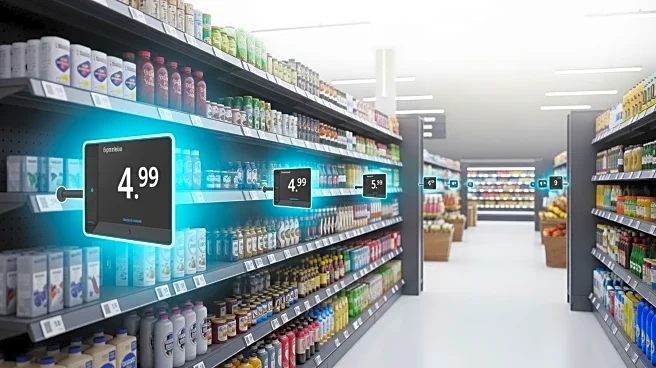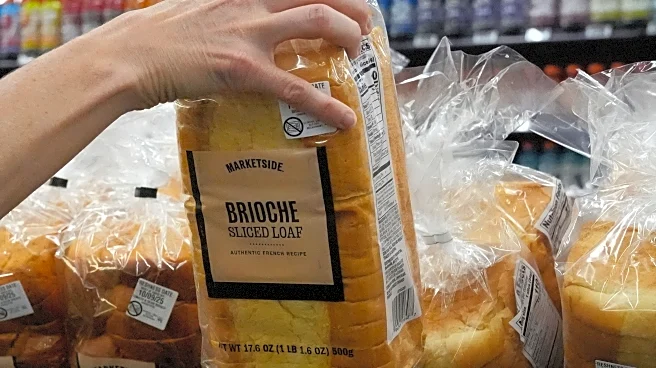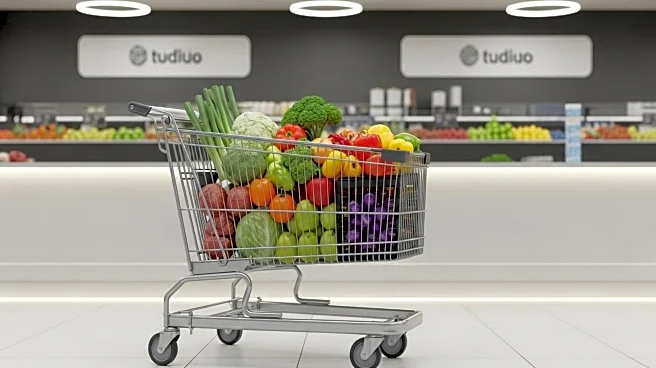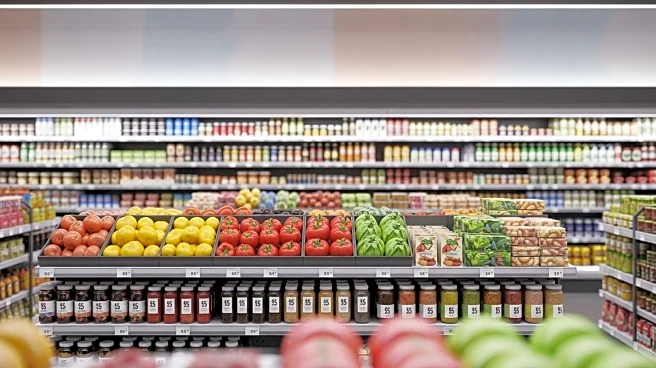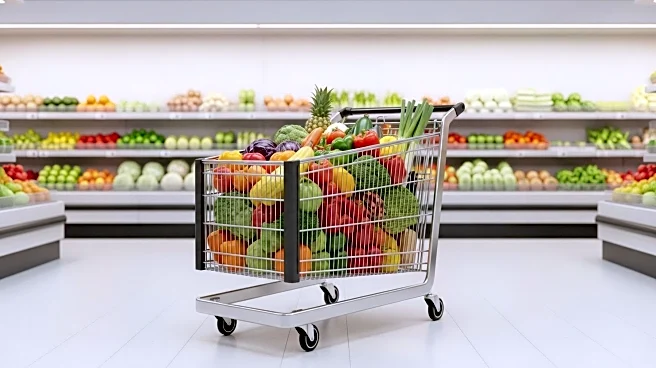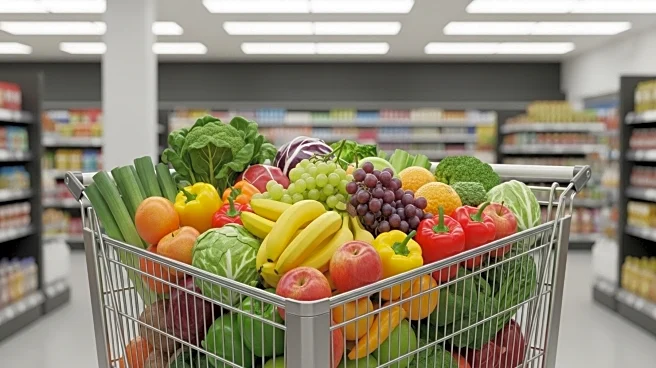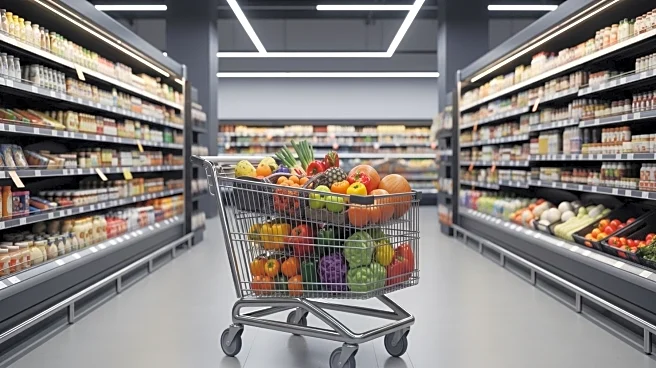What is the story about?
What's Happening?
Electronic shelf labels, digital screens that display item prices, are increasingly replacing traditional paper price tags in grocery stores across the United States. Major retailers like Whole Foods, Amazon Fresh, and Kroger have already adopted this technology, which is projected to grow significantly in the coming years. According to Grand View Research, the global market for electronic shelf labels was valued at $1.85 billion in 2024 and is expected to reach $7.54 billion by 2033. Walmart plans to introduce these labels in 2,300 stores by 2026, allowing employees to update prices swiftly via a mobile app. However, some lawmakers, including Sen. Elizabeth Warren and then-Sen. Bob Casey, have expressed concerns that this technology could lead to dynamic pricing, where prices fluctuate based on demand or other factors. Kroger has denied engaging in surge pricing, emphasizing that the labels help manage inventory and reduce food waste.
Why It's Important?
The adoption of electronic shelf labels represents a significant shift in retail operations, potentially enhancing efficiency and reducing labor costs associated with price updates. This technology could lead to more responsive pricing strategies, benefiting consumers through reduced food waste and potentially lower prices on perishable goods. However, the possibility of dynamic pricing raises concerns about price volatility and fairness, particularly during high-demand periods. Retailers must balance operational benefits with consumer trust, as any perception of unfair pricing could impact customer loyalty. The broader implications for the retail industry include increased competition and innovation in pricing strategies, which could reshape consumer experiences and expectations.
What's Next?
As electronic shelf labels become more widespread, retailers may explore further integration with inventory management systems to optimize pricing and stock levels. Lawmakers and consumer advocacy groups are likely to continue monitoring the use of dynamic pricing to ensure transparency and fairness. Retailers may need to engage in public relations efforts to address consumer concerns and demonstrate the benefits of this technology. Additionally, advancements in digital pricing could lead to new regulatory discussions on pricing practices and consumer protection.
Beyond the Headlines
The shift towards electronic shelf labels could have long-term implications for the retail workforce, potentially reducing the need for manual price updates and altering job roles within stores. This technological advancement may also drive further innovation in retail analytics, enabling more precise demand forecasting and personalized pricing strategies. Ethical considerations around dynamic pricing and consumer data usage may prompt discussions on privacy and data protection in retail environments.
AI Generated Content
Do you find this article useful?
